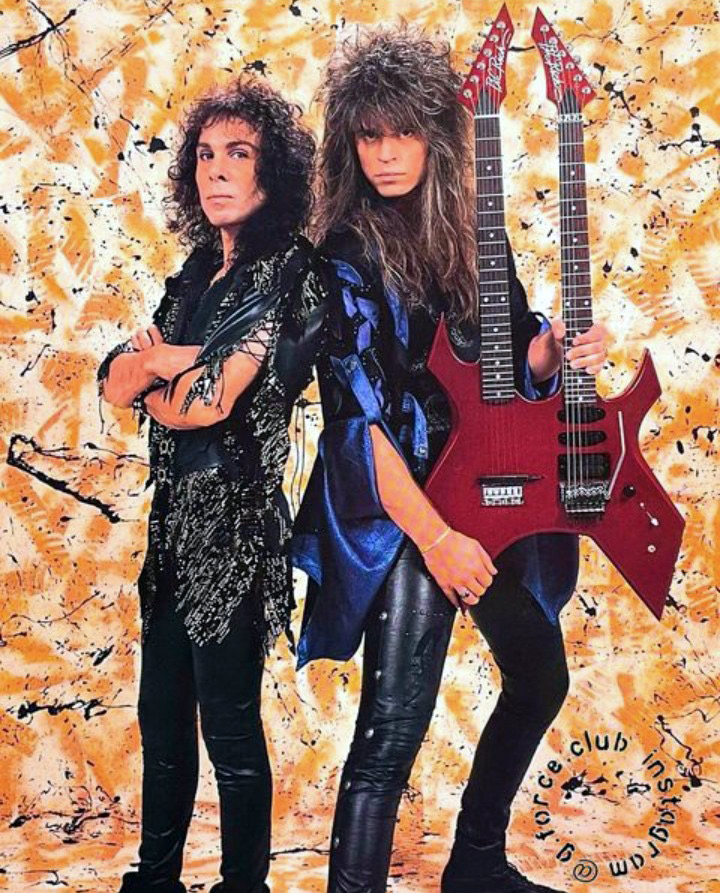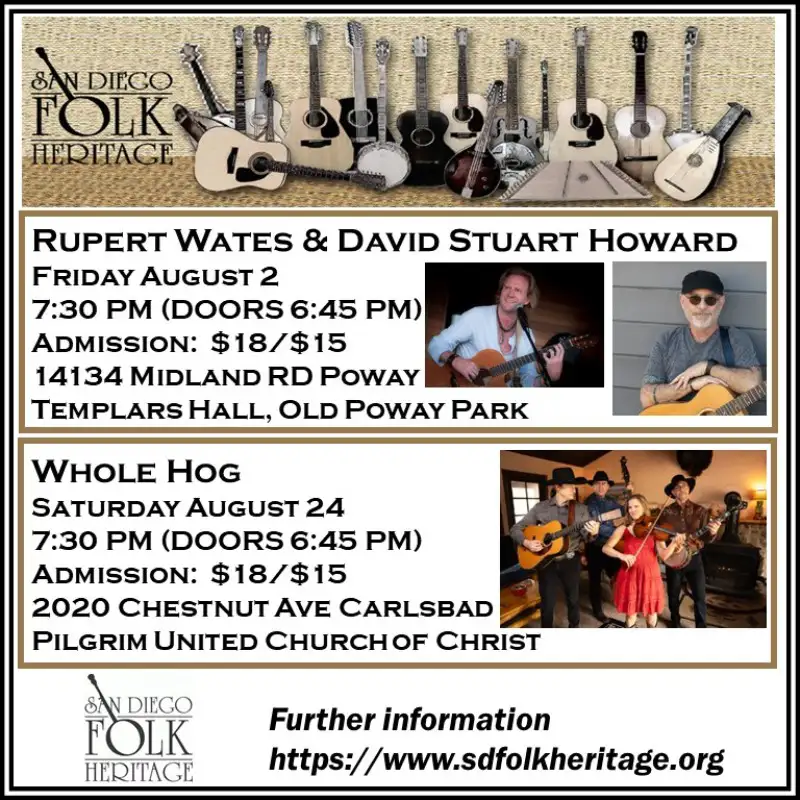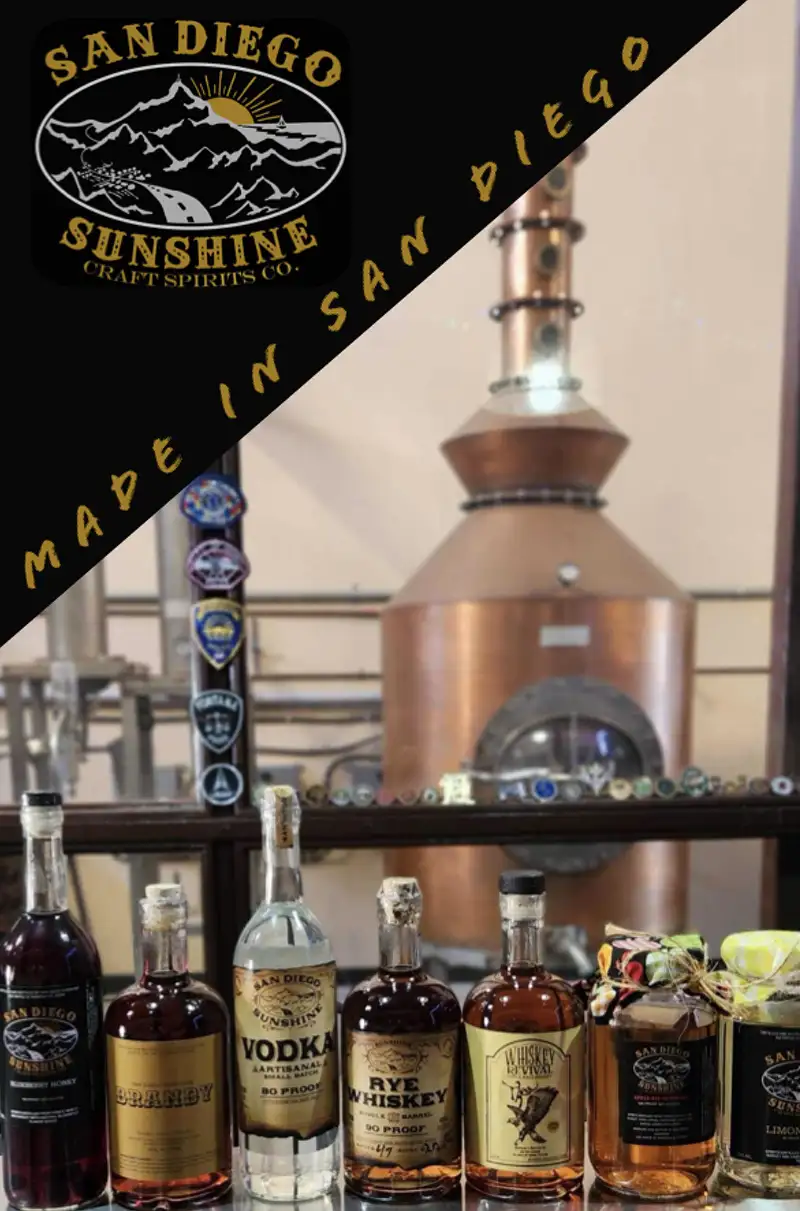Zen of Recording
Ed Croft, Part Two
Patch-ups, Matchups, and Unexpected Angels
In summing up the primary duties within my privileged role as a record producer, “patch-ups and matchups” is mostly what I do. I mean maybe in a different order, but yeah: You put the right artist with the right song, you put the right musicians with the right arrangement of that song, and then record all of that music, subsequently editing and mixing those tracks into an ideal performance.
Simple.

Ronnie James Duo. Craig Goldy on the right.
But not always. Especially when you’re trying to balance a schedule amongst four to five talented and consequently busy music professionals. In our case, the entire rhythm section would have to travel outside the country right after our initial recording session, which meant that these recordings might be the only material we would have to work with, for a least a little while.
Suffice it to say, we had a narrow window of time within which to capture the rhythm section performances we were looking for. Add to that the fact that this was actually a location rather than studio recording session, with me bringing in all gear from my place and setting it up in Ed’s living room. We already had a few irons in the fire before we even started!
I had decided to go with as small a footprint as possible in setting up the mics and the recording rig. The old school examples we were emulating were recorded with eight or fewer tracks and everybody playing live in the room anyway, so I set up the drums at one end of the good-sized living room and set up the keyboards at the opposite end, facing him. Bass and sax filled out the circle and everyone there had excellent sightlines for optimal communication, including me.
I used a matched pair of Shure KSM 44 microphones for the drum overheads, from about five-and-a-half feet high at each side of the kit, lined up with the front of the kick drum and angled back toward the snare at a 30-degree angle. I placed the microphone pickup patterns to “Figure8,” which captures what’s in front of and what’s behind the mics. This worked well to capture a clear picture of the kit, wrapped within a warm ambience imparted by the wood and plaster of the room’s surfaces. I placed an AKG D112 on the kick drum peeking into the front hole and pointed at the beater. Finally, I placed a Shure SM57 dynamic mic on the snare drum, just above the rim and pointed across the snare, almost perpendicular but slightly downward.
All the mics were run into a Tascam Model 12 mixer with no EQ, compression, or effects. I had purchased it a couple of years ago for just such an occasion. I relished the opportunity to drive the inputs on the model 12’s mic preamps, as I’ve been a huge fan of Tascam’s underrated mic preamps since the beginning of my career!
We ran the Model 12 in “DAW” mode, acting as the audio interface for my wife Cookie’s brand new Mac Powerbook 2500 Laptop (Thanks again, honey!). All audio was recorded directly into Studio One 6.2, again with no EQ or other processing.
When keyboardist Casey Gee (Crash Carter, Salty Papa) arrived with his lovely NORD keyboard (you know, one of those bitchin’ red ones), and I simply plugged him straight in via his stereo 1/4” output, into two Groove Tube DI Boxes and routed their XLR cables into the Model 12.
Paul Denton (with whom I attended Monte Vista High School) played a Fender Precision bass into a Fender Rumble 40 1×10″ Bass Combo Amp. His tone sounded so good right out of the can, I just ran an XLR cable directly out of his amp and into the Model 12. Again, sans processing.
Meanwhile Ed Croft treated us like his honored guests, cooking us all up some of the most mouth-watering barbeque imaginable! Wonderful!
When Ed finally took off the apron and picked up his sax, I miced him with an ElectroVoice RE-20 large diaphragm dynamic mike. I loved the tone immediately and so did he!
I should mention that this was technically a rehearsal, but I was definitely focused on capturing those moments of inspiration and discovery that often reveal themselves as part of the recording process.
The headphone mixes came together quickly and as soon as we could all hear, we got started.
We moved through the next couple of hours as expected, with lots of great ideas beginning to bounce around amongst the players, shaping and refining the arrangements. By the end of the session, we had recorded a few takes for four of the five songs we had aimed for and were happy with that.
The session on the whole was quite productive if not definitively so.
This was the first time I had used the Model 12 for something other than podcasts and overdubs, and I was very pleased with the quality of these recordings, which more than surpassed my already high expectations. However, the more I listened to the recorded tracks, the more we could hear an odd sound emitting from the snare drum track. It was a technical issue, wherein some weird high harmonic schmutz was clanking off the hi-hat, adding a nasty resonance that wasn’t detected by me at the time of recording. So there I was and here we were: despite all of my strategic planning I had messed it all up.
I called Ed and explained the situation, but he’d already noticed the hi-hat as well. We talked through it all: The process to now; the schedule and deadlines we’d set for the project; the availability of the players; and the good, the bad, and the ugly truth about our audio.
The central questions were mostly “What are we gonna do?” and “What can we do?.”
Toward the end of our conversation, I said, “We are making this record for the all the right reasons, Ed. I know it in my bones. This should’ve been a lot easier up to now, and I’m sure it will be once we get this thing back on track.”
“Well, how are we gonna do that, amigo?” he sighed.
“We don’t yet, is all.” I offered optimistically.
Still, I could feel Ed’s disappointment mirroring mine as we hung up.
Ten minutes later, my telephone rang.
“Heyyyyyyy man, how ya doin?” said the voice on the other end in a drawl that could only come from a mashup of Mississippi and Ocean Beach. It was Bill Ray, drummer extraordinaire and my long-time brother in music in live performance and in the studio. The timeliness of this coincidence was one thing, but I swear that these are the words he said to me next: “You know I was just sittin’ here playing my drums on some stuff and thinking, ‘Man, I would love to be working on a Sven-Erik Seaholm project right now!’
I almost dropped the phone.
I briefly ran down the situation to him and he just said, “I must’ve known, brother. Send me the tracks you have, and I’ll see if I can’t lay somethin’ down for you.”
The next day I found an email with links to the audio files for two songs!
The next day after that, he recorded and sent two more!
The next day after that day, he flew to Paris.
I swear, I was just standing there, vibrating like a tuning fork.
And so, the first angel appeared.
Weird, right?
Check this out: I had a mixing session earlier this week with virtuoso heavy metal guitarist Craig Goldy. Craig is a local son who, aside from being a Guitar Trader Guitar Wars Champion several times and fronting his great band Giuffria, was also the lead guitarist for rock vocal legend Ronnie James Dio.
He came in, asked me what was going on, and I briefly described what we’d been up to. He listened quietly and attentively to my whole story and when I had finished, he just looked at me and quietly said, “Plug me in.”
This very sweet person grabbed my Paul Reed Smith SE Hollowbody as I told him I had some virtual amps available, including some Engl amps.
“Engl?” He exclaimed. “Do you have an E646 VS (www.pluginalliance.com )?”
“Yes, I actually do.” I confirmed.
Once we dialed in the right tone, he gave a stunningly playful and incredibly soulful performance.
Our angels suddenly seemed to be soaring everywhere.
The other day, I looked over to Ed in the studio as we played the mixes back and yelled out “We’re doing it! It’s lifting off!” It felt like what I’d imagine the Spruce Goose did at first flight, and I wanted to be sure he felt it too. He did.
Still, there’s a long way to go and that window is still looking skinny…
Sven-Erik Seaholm is a singer, songwriter, and producer in San Diego. www.svensounds.com More can be heard and learned about Ed Croft at www.edcroftsaxophone.com






